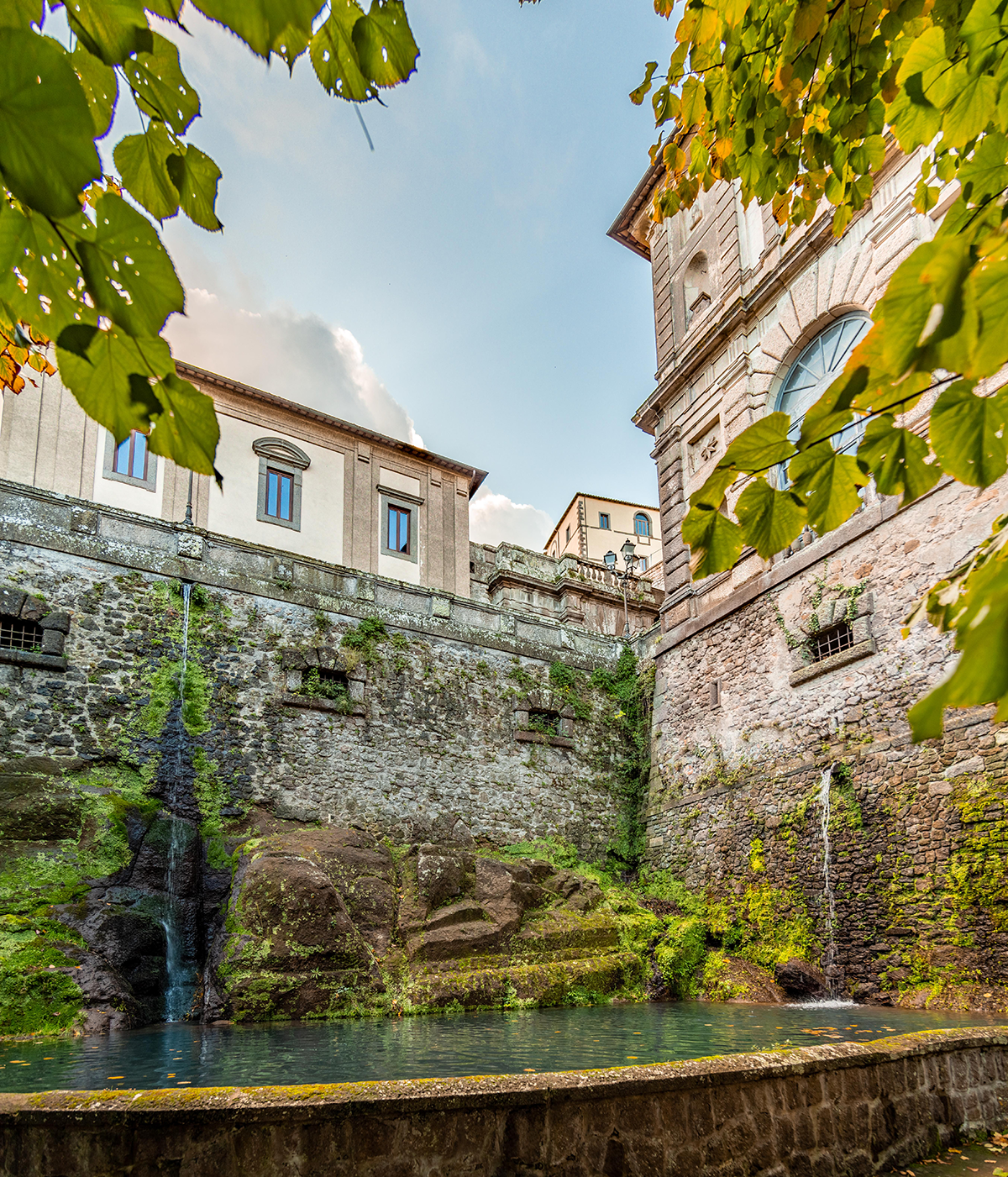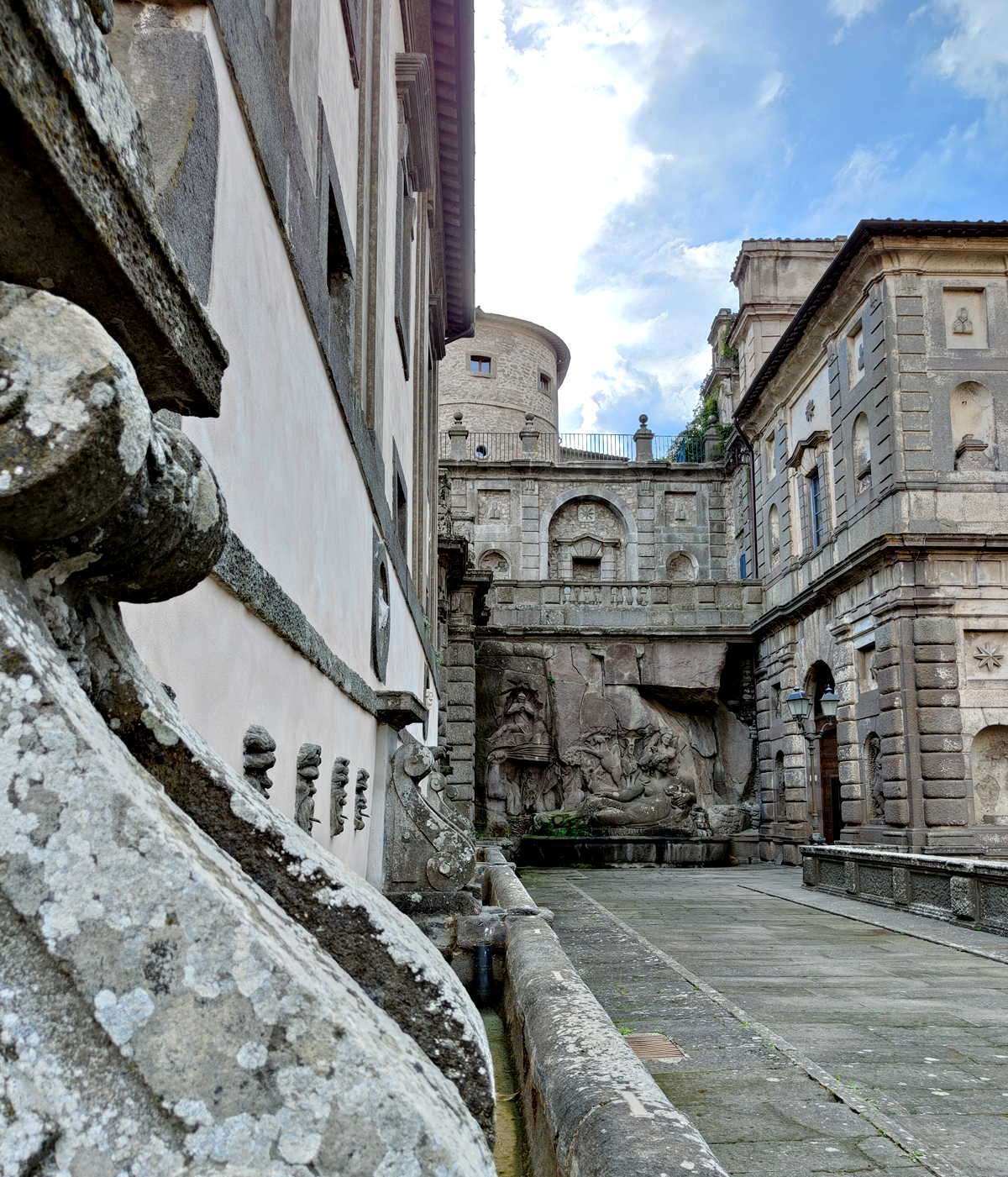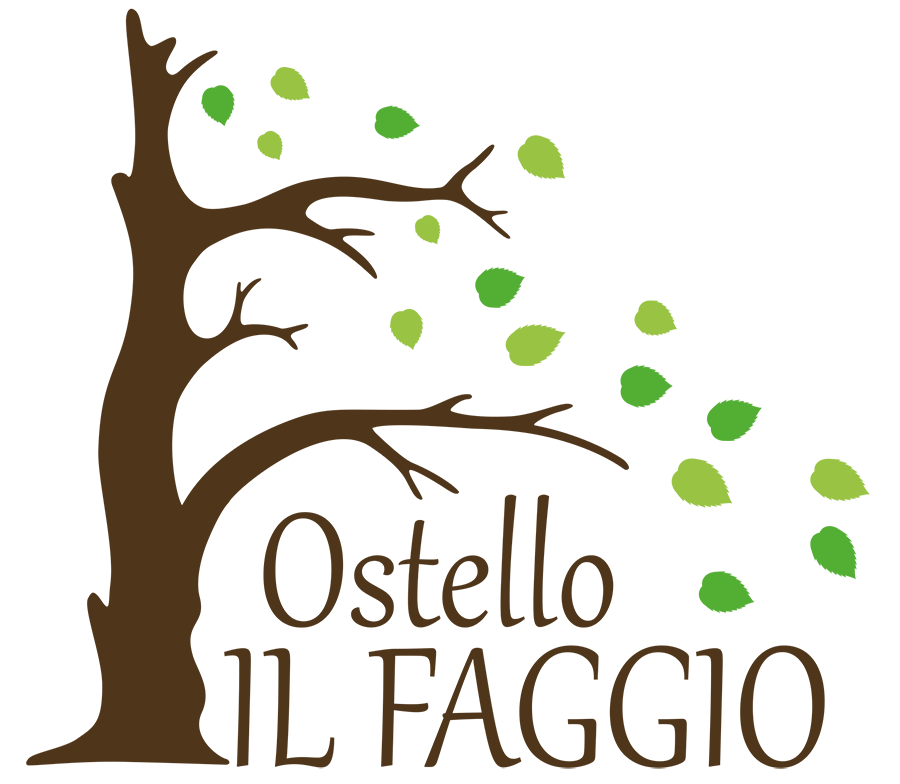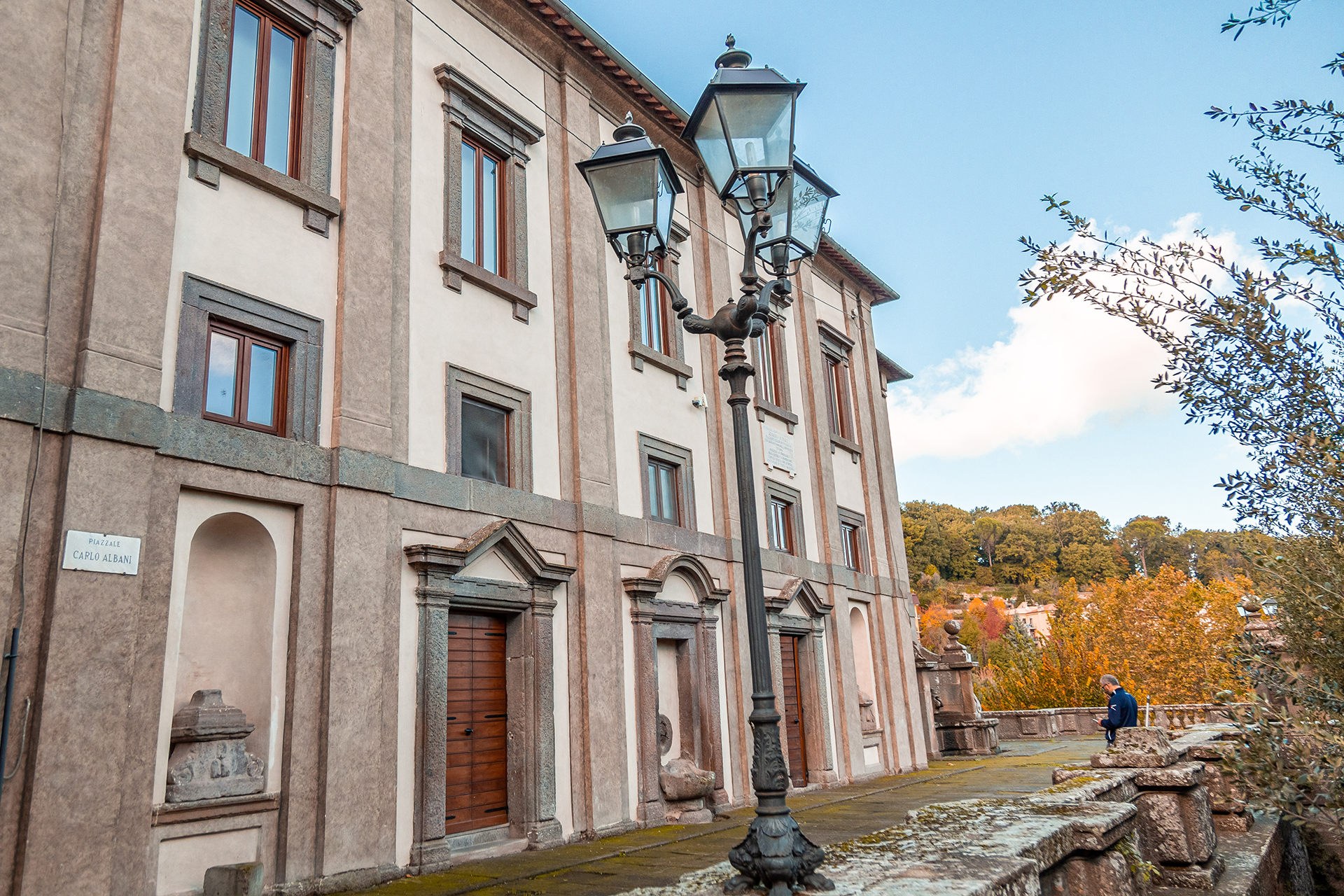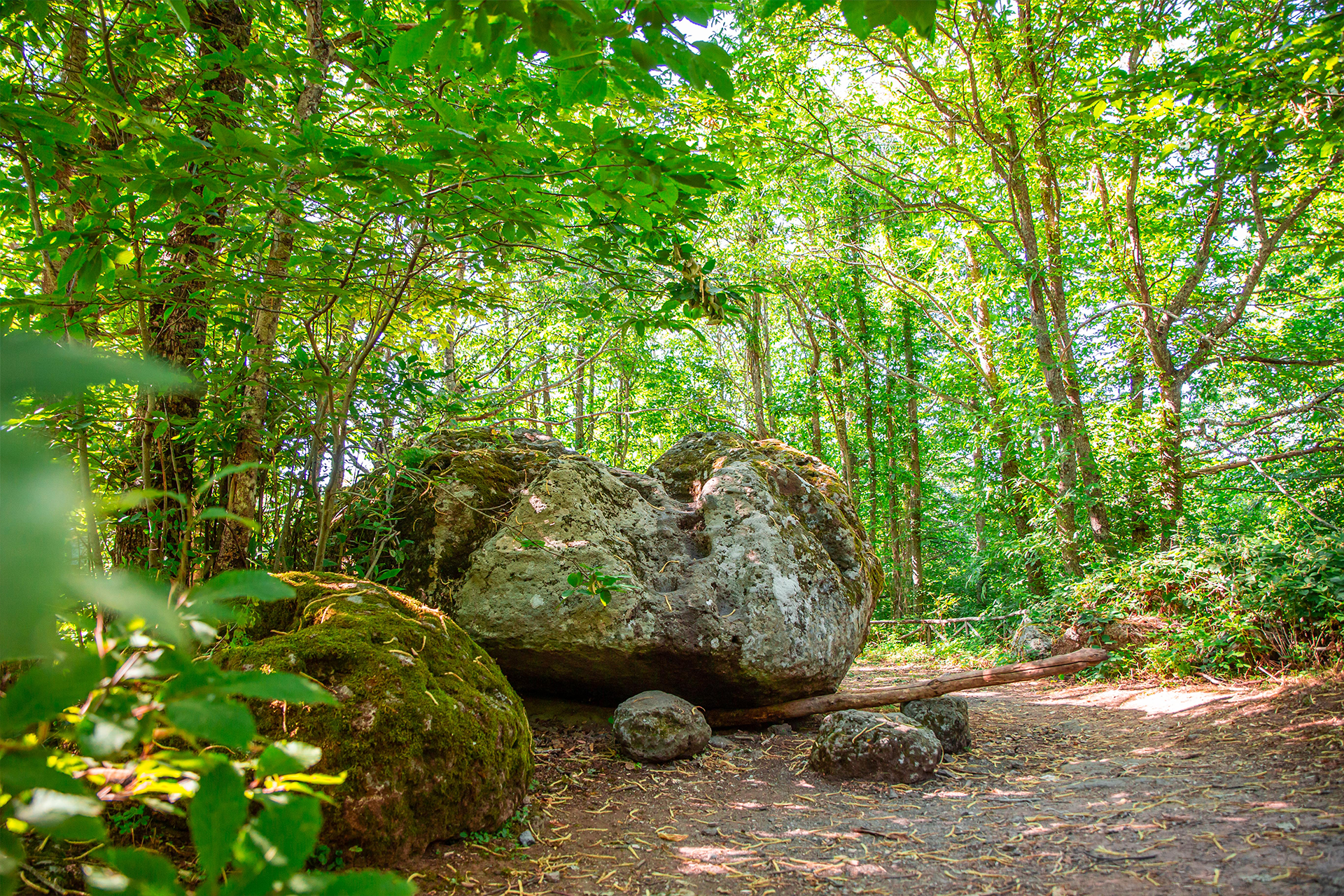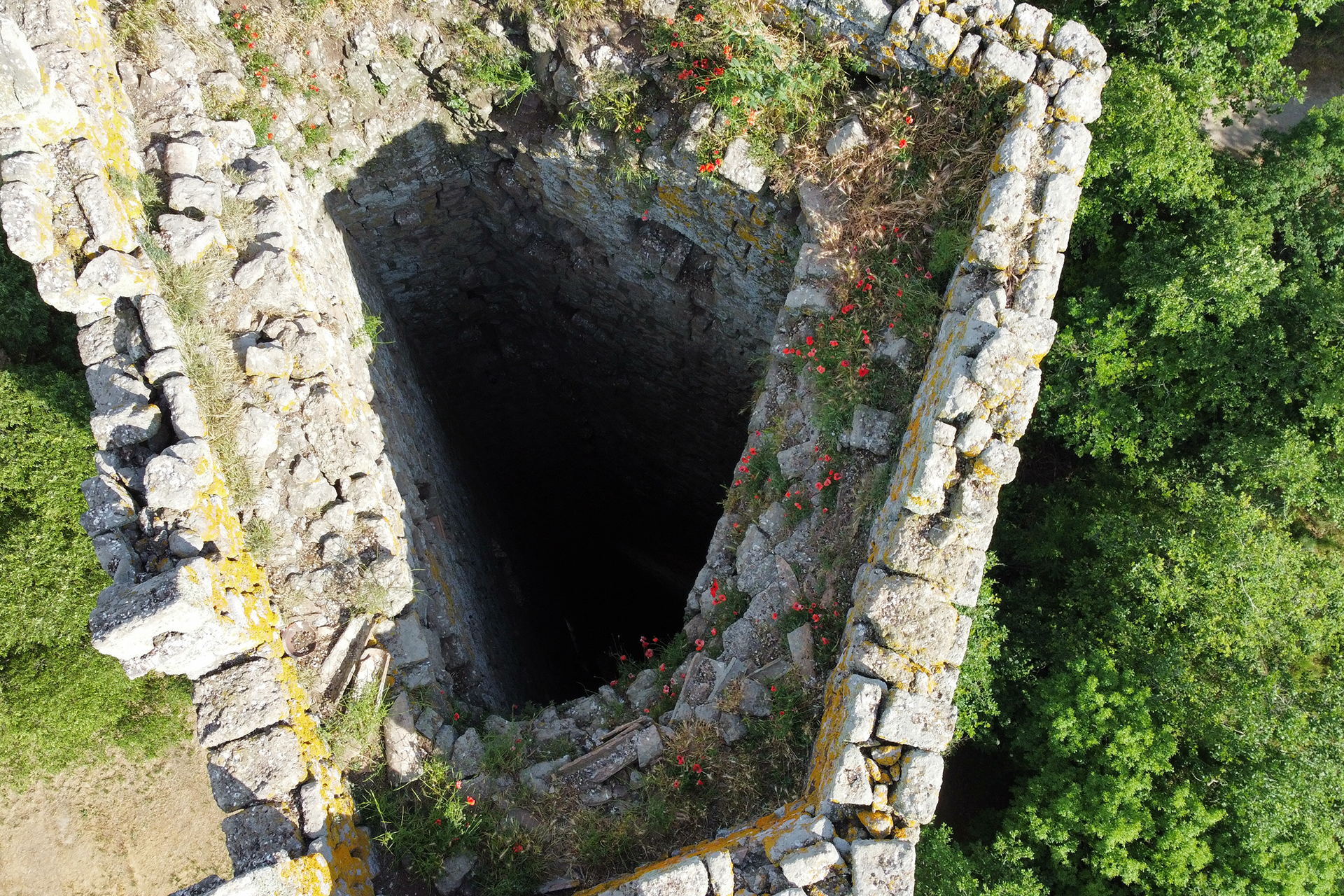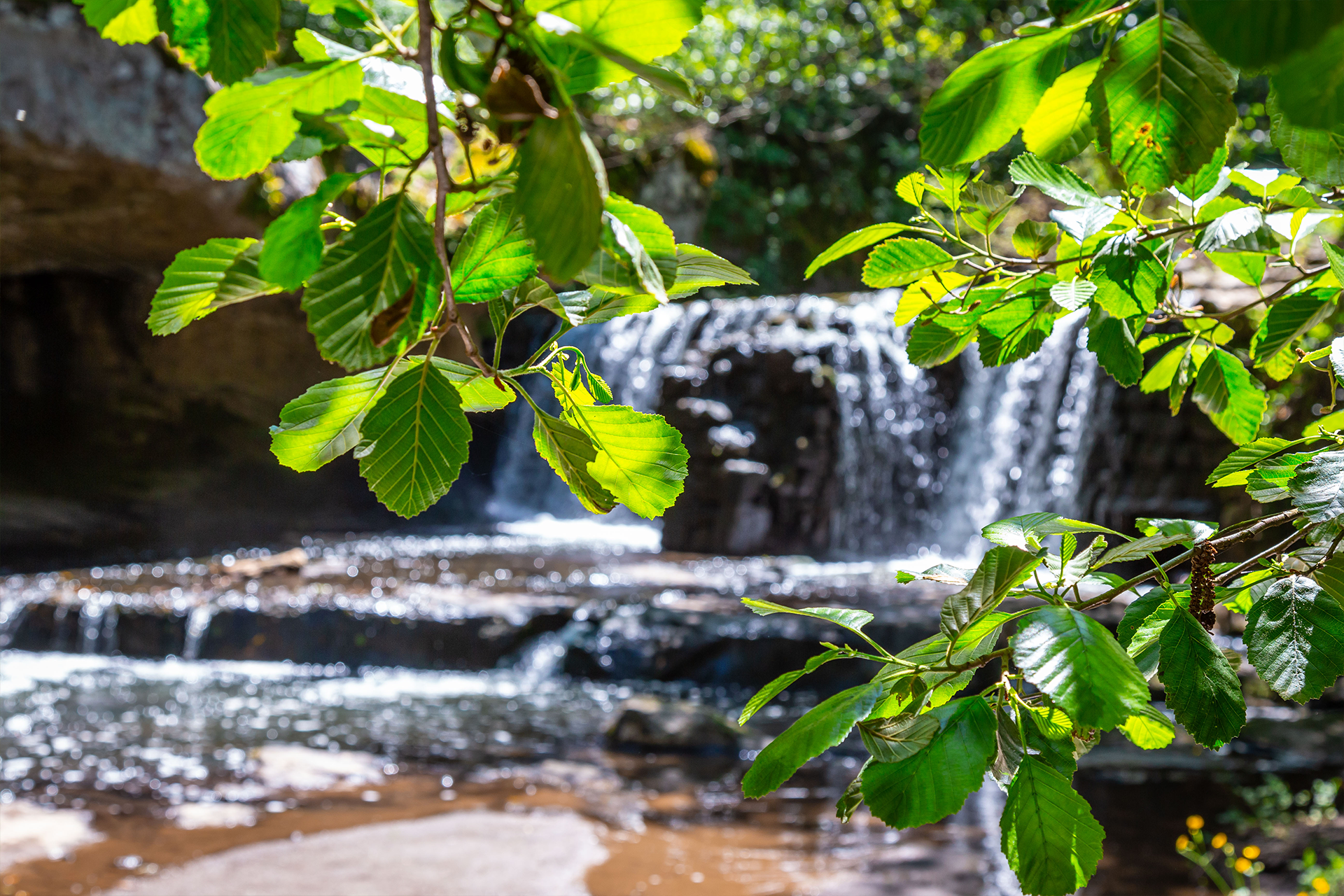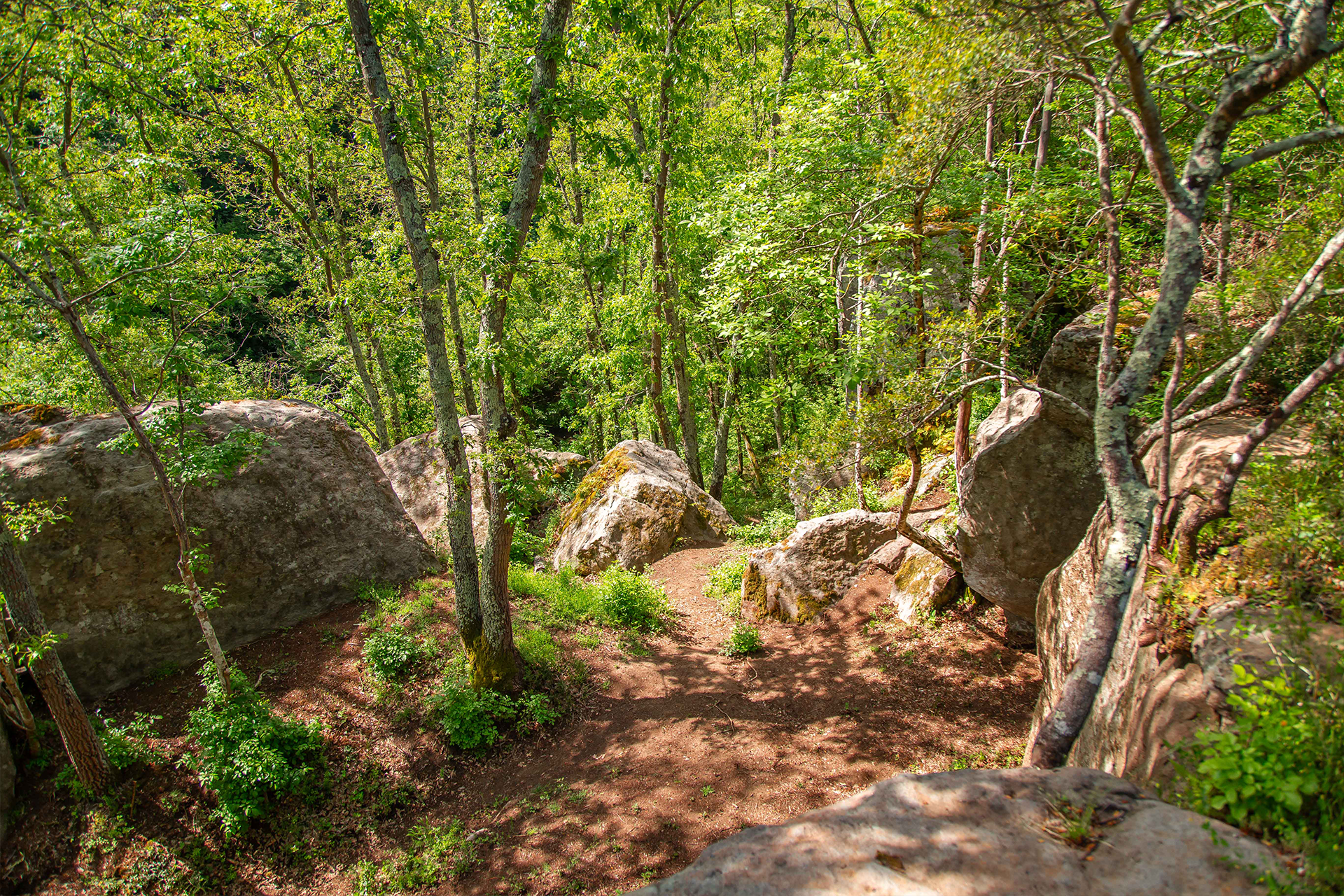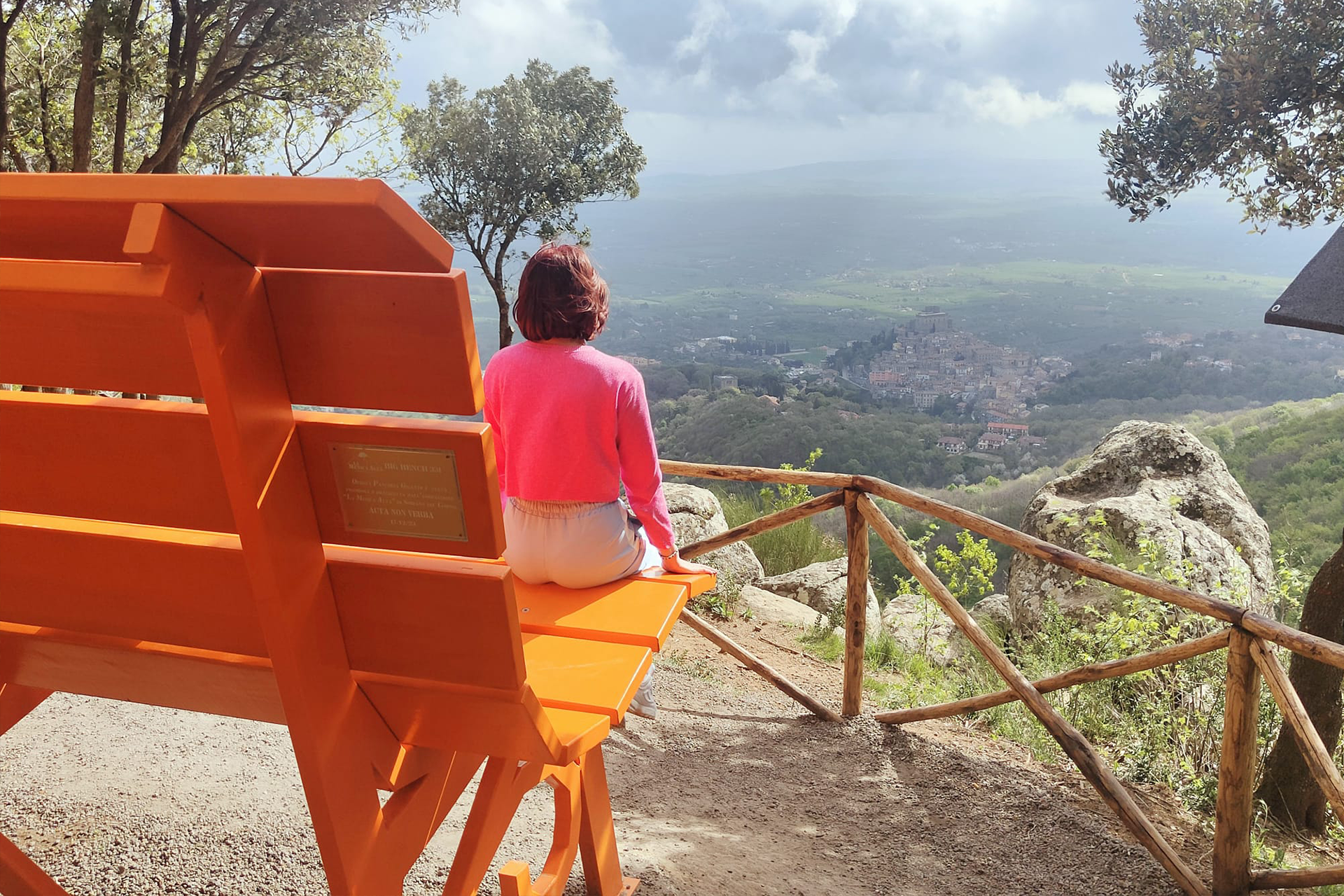Soriano nel Cimino
Palazzo Chigi Albani
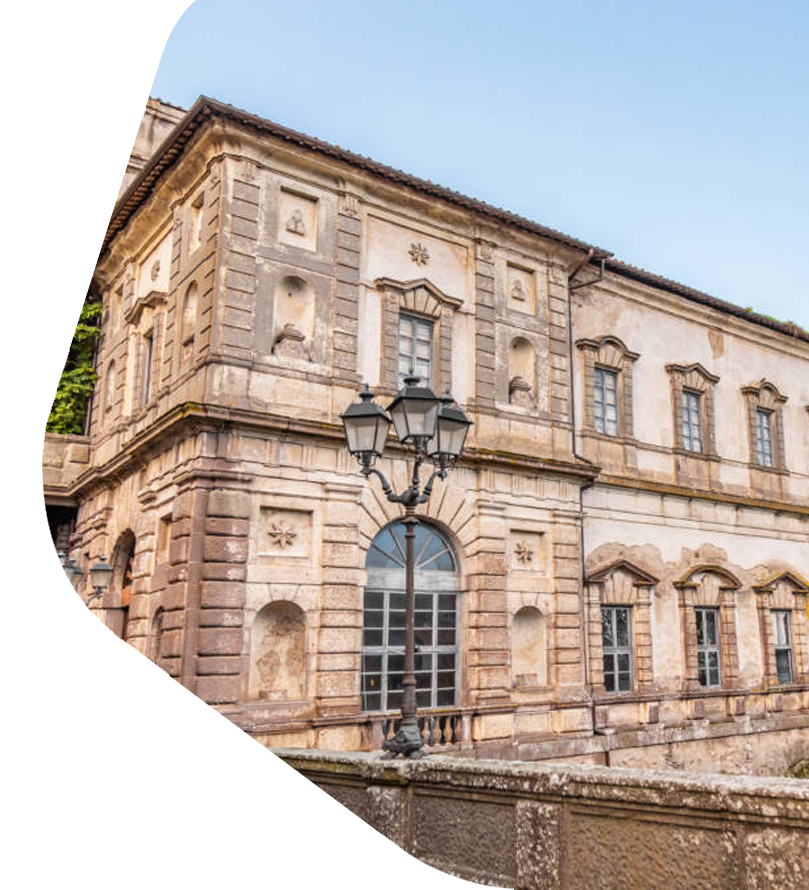
Strongly desired by Cardinal Cristoforo Madruzzo who entrusted the design and management of the works of the entire complex to the architect Perugino Ottaviano Schiratti, it was built between 1564 and 1571. Access to the monumental complex is through a massive peperino door, which delimits an “L” shaped courtyard. In the second arm of this courtyard, which is inserted between the two buildings that make up the Palace, are obtained the various elements that make up the Fountain, majestic and imposing, surmounted – in the background – by a loggia, closed by an elegant architectural façade, in turn under a cylindrical turret. To the right of the Fountain is the main part of the Palace, begun by Madruccio, but left by him at the ground floor only. It was then the Albani family who took care of completing the Palace itself, in the first half of the eighteenth century, perhaps with the help of the famous architect Luigi Vanvitelli. To the left of the Fountain is the building intended to contain the servants' quarters and the stables, but since it was the first to be built, it must have initially also served as a noble residence. A room on the ground floor, near the large basin where the water gushes, houses an elegant nymphaeum, with sculptures also carved into the living rock.
THE OUTDOOR PARK
Attached to the Palace was a monumental Italian garden, built on two levels, now partly restored, which was accessed not only from inside the building, but also from a higher part, which opens onto the Largo della Guglia, through a gate with monumental Baroque pillars, known as the “Iron Gate”. In the rear part, accessible directly from inside the palace, there are other fountains and a quadrilobe pool in an area that extended, at one time, into an immense park, incorporating a large portion located downstream of the current Viale Cesare Battisti, where there is a former eighteenth-century chapel once dedicated to the SS. Crocifisso and a charming farmhouse also from the eighteenth century (the so-called “Maisonnette”). The entire area now crossed by Via del Giardino (which takes its name from the ancient garden that existed there) also belonged to the aforementioned park, with the so-called Fontana del Giardino, from the eighteenth century, resting on a cliff at the base of the Rocca hill, and with the pleasure and hunting lodge called “Casino degli Specchi”, also from the eighteenth century, built by the Albani family. The park then extended downstream, towards the church of S. Maria del Poggio, almost opposite which an elegant, but now dilapidated building can still be seen, which has the keystones of the arches of two windows decorated with heraldic stars in relief.
THE PAPACQUA SOURCE
The Papacqua spring is fed by a spring that flows on site and is divided into more or less large groups, individual figures and decorations. The sculptures were made directly on the pre-existing stone: the central group consists of a gigantic female figure with goat's feet and a satyr on her shoulders, known to the people of Soriano as "la mammoccia", surrounded by figures of children and a flock of sheep. On the left, you can see a monumental bust of the God Pan and a young bagpipe player. In front of the main entrance, along the perimeter, there is a suggestive group, of clear biblical origin, representing Moses who, surrounded by the Jews and in the presence of a donkey, makes water spring from a rock that some followers are about to drink. Of great value, in turn, are the statues placed in lateral niches that represent the four seasons and the numerous small masks with jets of water that surround the square. The nymphaeum enclosed in the adjacent cave is of exquisite workmanship. The water that descends from it, conveyed into a tunnel, then falls in a small waterfall into a large basin located at the foot of the slope on which the palace stands.
ART GALLERY
An environment of great historical and cultural value that, just like an ancient treasure chest, holds precious treasures. Inside the Pinacoteca di Palazzo Chigi-Albani you can stop to admire beautiful works of art, the result of important donations from international artists to the community of Soriano nel Cimino.
The Pinacoteca, in continuous evolution, is located in a fascinating and historically rich place, the suggestive Scuderie of Palazzo Chigi-Albani.
During your visit you will have the opportunity to discover suggestive works born from different artistic styles. Surprising, and embellished with refined details, are the works of Lucio Ranucci. The artist donated a rich collection, including 24 treasures, to the Pinacoteca di Soriano nel Cimino, among which beautiful paintings stand out such as “Sala d’attesa” and “Les merchande des fruits”.
Continuing on the artistic-cultural journey you will discover the suggestive works of Alessio Paternesi, paintings capable of guiding the observer towards a world of sensations and emotions. The “Giardini di Piero”, a characteristic work of the international artist, is exhibited inside the Pinacoteca.
In the historical-artistic itinerary, set up inside the Pinacoteca, you can admire works that have traveled around the world. Among these, the works of the artist Ferdinando Amodei, aka Tito, such as “Orologio del tempo” and the “Deposizione”.
Finally, emblem of contemporary art, cast your gaze on the enchanting “Sirena” by artist Marco Manzo. A new and exciting style capable of capturing the curiosity of visitors.
For more information visit the website welcometosoriano.it
